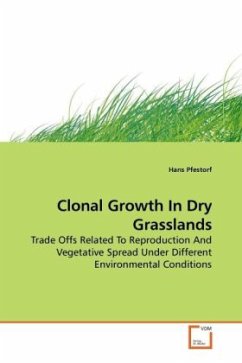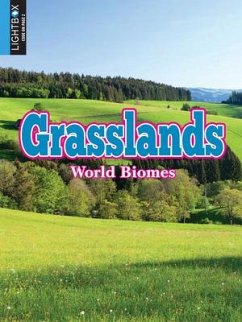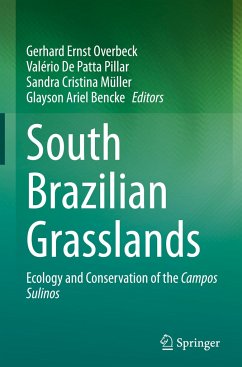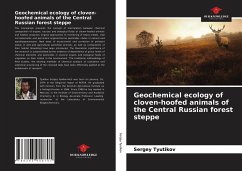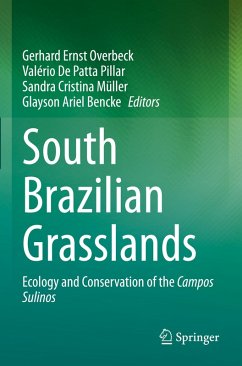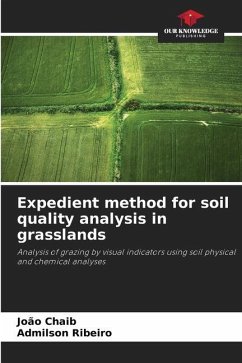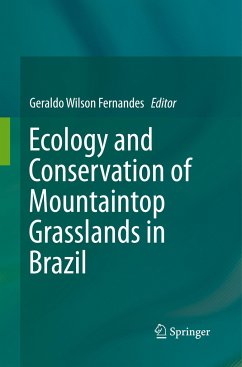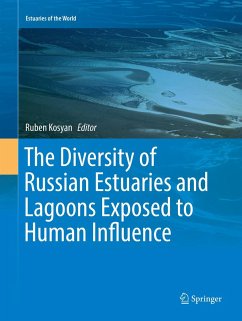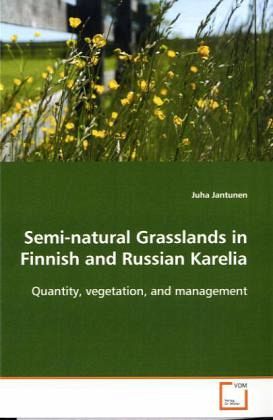
Semi-natural Grasslands in Finnish and Russian Karelia
Quantity, vegetation, and management
Versandkostenfrei!
Versandfertig in 6-10 Tagen
32,99 €
inkl. MwSt.

PAYBACK Punkte
16 °P sammeln!
The border between Finland and Russia offers a uniqueopportunity for evaluating human impact onagricultural environments. Large areas of Kareliaacross the border were under similar managementregimes while belonging to Autonomous Finland andFinland, but after the Second World War (1944),Karelia was divided by the present border. Sincethen, the history of agricultural management differedbetween adjacent areas in Finnish and RussianKarelia. In Finland changes in agricultural practicesduring the 20th century have led to a dramaticreduction in the number and area of semi-naturalgrasslands. The main...
The border between Finland and Russia offers a unique
opportunity for evaluating human impact on
agricultural environments. Large areas of Karelia
across the border were under similar management
regimes while belonging to Autonomous Finland and
Finland, but after the Second World War (1944),
Karelia was divided by the present border. Since
then, the history of agricultural management differed
between adjacent areas in Finnish and Russian
Karelia. In Finland changes in agricultural practices
during the 20th century have led to a dramatic
reduction in the number and area of semi-natural
grasslands. The maintenance of these species rich
plant communities can be ensured by grazing or hay
cutting, but half of the remaining sites in the
province of South Karelia were abandoned. In
addition, only a fraction of the sites, still in use,
were sustainably managed. In Russian Karelia changes
in agricultural practices have taken place on amuch
smaller scale. This book summarizes the effects of
different agricultural practices on the abundance of
semi-natural grasslands and their vegetation in the
border district of Finland and Russia.
opportunity for evaluating human impact on
agricultural environments. Large areas of Karelia
across the border were under similar management
regimes while belonging to Autonomous Finland and
Finland, but after the Second World War (1944),
Karelia was divided by the present border. Since
then, the history of agricultural management differed
between adjacent areas in Finnish and Russian
Karelia. In Finland changes in agricultural practices
during the 20th century have led to a dramatic
reduction in the number and area of semi-natural
grasslands. The maintenance of these species rich
plant communities can be ensured by grazing or hay
cutting, but half of the remaining sites in the
province of South Karelia were abandoned. In
addition, only a fraction of the sites, still in use,
were sustainably managed. In Russian Karelia changes
in agricultural practices have taken place on amuch
smaller scale. This book summarizes the effects of
different agricultural practices on the abundance of
semi-natural grasslands and their vegetation in the
border district of Finland and Russia.




